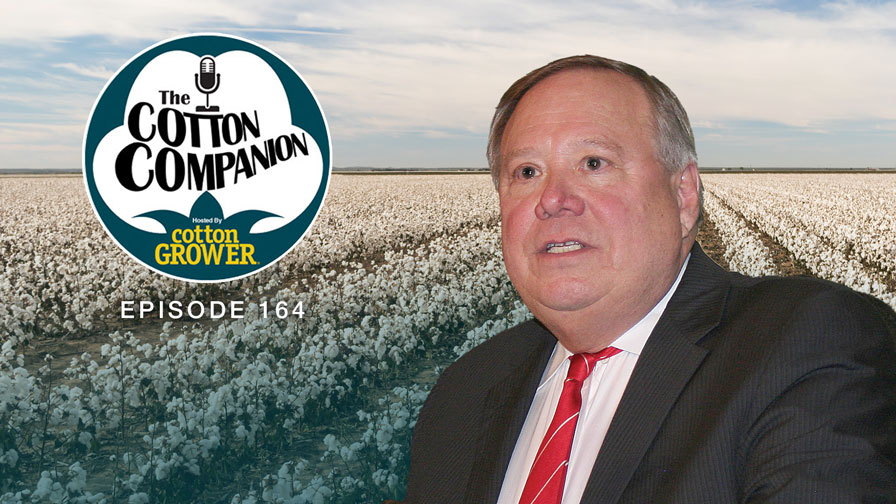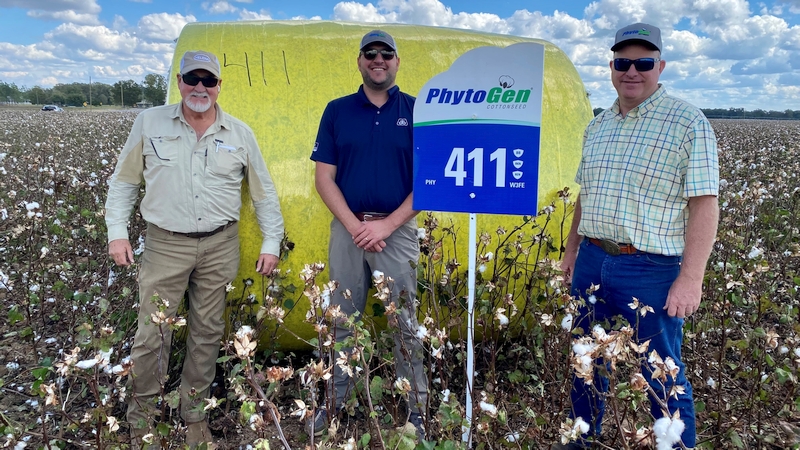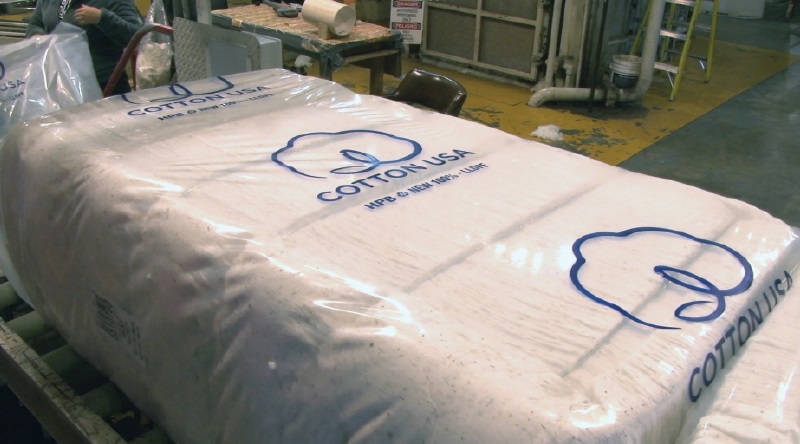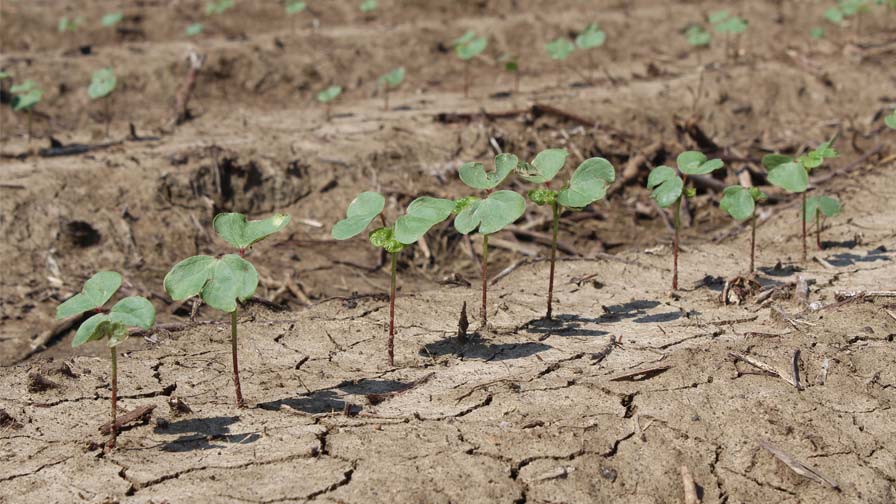Cotton Tops U.S. Government Payment Program
According to a new report from the USDA’s Economic Research Service, direct payments from the U.S. government to farmers are expected to total $12.5 billion in 2009, a 2-percent increase from the $12.2 billion paid out in 2008, but 19 percent below the 5-year average for 2004-08. Cotton leads all crops in payments received.
Countercyclical payments are forecast to increase from $712 million in 2008 to $1.23 billion in 2009. Cotton is the only crop receiving countercyclical payments in 2009. The lower cotton prices beginning in the latter half of 2008 are responsible for this projected increase. For the crop years 2008 through 2010, producers will receive two countercyclical payments. A partial payment will be made after 180 days of the marketing year and the final payment will be made beginning the following October 1.
Marketing loan benefits—including loan deficiency payments, marketing loan gains, and certificate exchange gains— are projected at $948 million in 2009, up from $316 million in 2008. In 2009, upland cotton producers realized almost 91 percent of the total marketing loan benefits. The other crops receiving marketing loan benefits are wheat, barley, peanuts, wool, mohair, and pelts.
Direct payments under the Direct and Countercyclical Program (DCP) and the Average Crop Revenue Election Program (ACRE) are forecast at $5.06 billion for 2009. Direct payment rates are fixed in legislation and are not affected by the level of program crop prices. The ACRE program recently authorized by the Food, Conservation, and Energy Act of 2008 (2008 Farm Act) provides revenue insurance to producers in exchange for a 20-percent reduction in their annual direct payment allotments beginning with the 2009 crop year. Due to low base acre enrollments in ACRE for the 2009 crop year, the 20-percent reduction in advanced direct payments is expected to be minimal.








